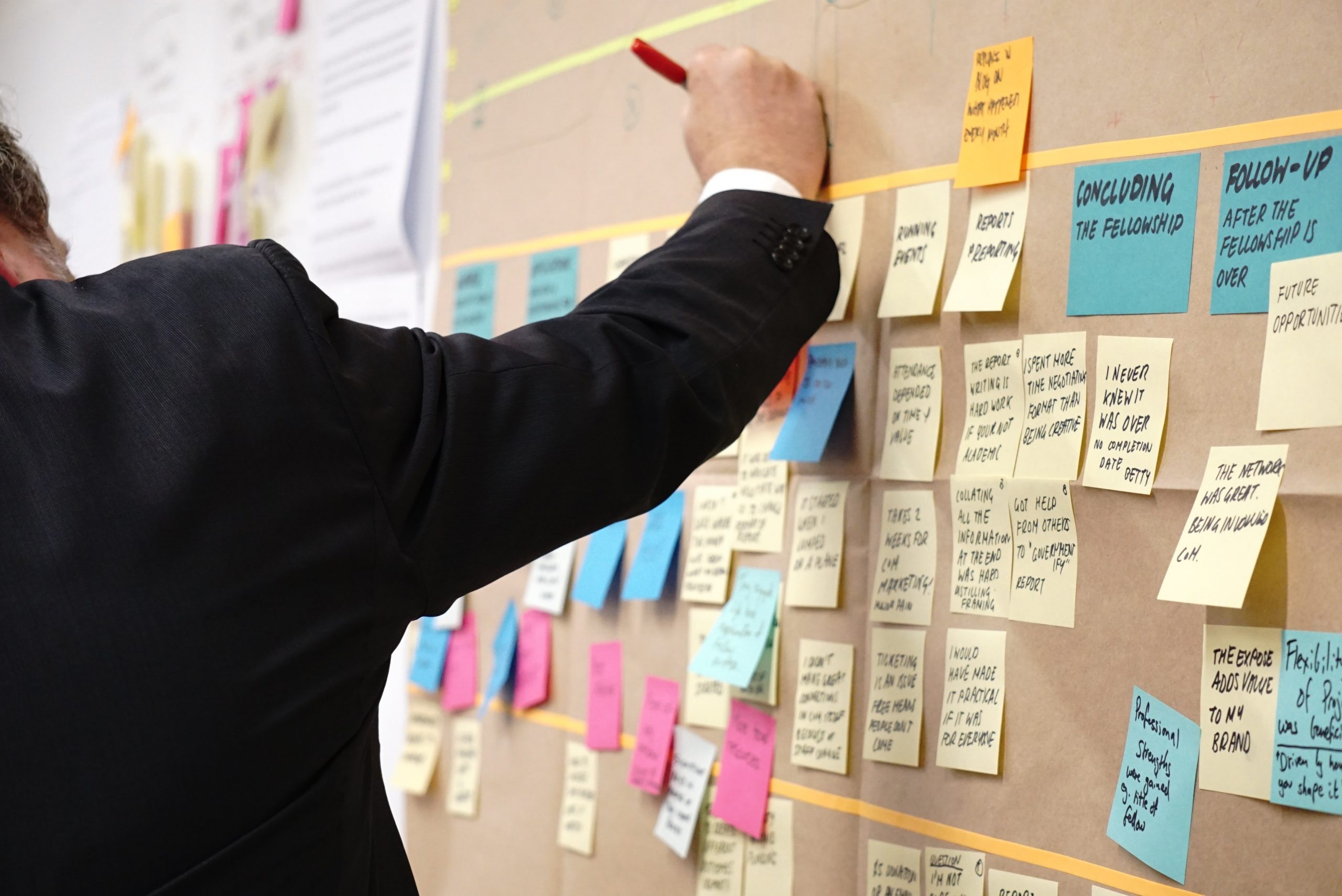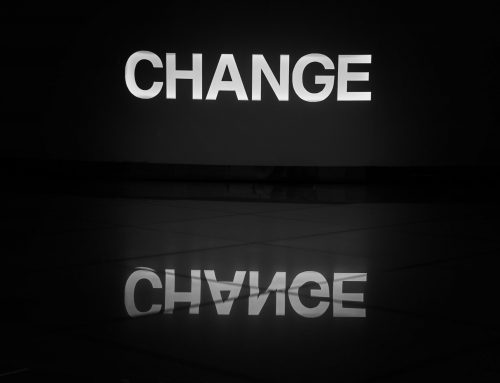Did you know that millions of workshops are held annually around the world? Whether used to solve business problems, experiential learning, staff training, team alignment or strategic planning, workshops are an intervention that disrupts participants’ daily work routines. But in the end what are the ingredients that make a workshop work efficiently?
Having undertaken and conducted hundreds of workshops in organizations of different sizes covering a wide range of organizational issues and challenges, we have realized that workshops are very similar to creating a dinner for dear friends. They are based on a recipe, they need preparation, they presuppose that you are present in order to enjoy the moment and most importantly, to pour passion and love. Below you can see the main ingredients of our recipe.
Preparation – Gather the appropriate ingredients for the recipe
- Define the purpose: Answer clearly what is the challenge you want to solve, what you want to achieve, how you will measure success, why it is important to solve the challenge at the moment and which stakeholders are involved in it. A useful exercise that you can use to get to the root of the problem is 5 Whys.
- Prepare the participants: Think about how you can activate the participants before the workshop (eg by sending them an email to watch a relevant video, do an exercise or think of a question) and share information about date, time and place as well as the purpose of the workshop.
- Create the flow (but don’t get caught up in it!): Create an agenda with the title of the exercises, a description of the execution steps, materials needed and the corresponding times to have it as a guide, but without meaning that you can not get away from it, if needed. Here you can find many different exercises depending on your needs.
- Define clear responsibilities: Define who will be the facilitator (one of the team or an external collaborator), who among other things will lead the discussions, ask questions and ensure that you are moving in the right direction, and who will be the co-facilitator who will support the workshop, will take notes, will intervene where needed but will also have in mind organizational details.
- Bonus for virtual workshops: Especially now that a large percentage of workshops are done online, be sure to ask participants which online tools they are most familiar with and take the time for extra guidance. Large-scale tools used for online workshops include miro, mural.
The phase of the workshop – The moment of the meal, enjoy it!
- Create an atmosphere of acceptance and cooperation: Create a sense of relaxed mood and especially emphasize that any idea and point of view related to the purpose of the workshop is welcome. Start with 1-2 warm-up exercises that will unlock the group and set aside some time for the participants to work out the specific questions and write down thoughts to make sure everyone is actively involved.
- Manage social influence: People with strong views, objections, all have a place in a workshop and bring a certain value. Listen to what they have to bring to the team, keep what is valuable by summarizing the main points of their intervention and include them in the workshop flow by giving them something specific to do.
- Keep in mind the time: Have in mind the times of the agenda but mainly observe the discussion. When you realize that it is not moving forward or is going in circles it is important to summarize and move on to the next point. Exercising time constraints is a method that is quite effective. One such type of exercise is Note & Vote.
- Embrace the chaos: It makes sense not to have all the answers at the beginning of the workshop, sometimes even at the end. Guide the group through discussion, questions or exercises to approach the topic in general and thus generate as many ideas and challenges as possible and then delve into the 2-3 major issues. A common practice you can use is the divergent-convergent thinking tactic.
- Keep notes: Be sure to keep notes of what is being said and decided and collect any notes/ exercises from the participants that will help you capture the workshop more fully.
- Have a good time: Do not try too hard, just relax and enjoy. If you are one of those people who humour is your strength use it without fear. If you have endless care for others or curiosity to know different types of professionals through workshops, take advantage of it as well.
When the guests leave – The gathering phase
- Analyze the result & share the information: Schedule an internal meeting between the facilitators team and discuss the key findings, agree on the structure of the outputs and set a date for sending them. It is good to send them 2-3 days after the workshop.
- Ask for feedback: Either through a short electronic questionnaire or through a brief meeting with the client, ask for feedback in order to optimize the next sessions.
- Keep the energy up: You can extend the impact of the workshop a little more by organizing a short meeting, where you will present to the team the small victories they achieved and get a sense of them for the next steps. Finally, one exercise you can do by closing the workshop is the letter to the future self. Here the participants record the positive change they experienced (awareness, knowledge) by sending a letter to themselves about what they would like to achieve in the future. You collect them and send them to them on an agreed date.
The above recipe may be a guide but each workshop is unique or at least that is how we like to see it. It is important to keep in mind that the recipe needs to be adapted each time, depending on the specific needs and circumstances (time constraints, participant profiles, level of customer awareness).
We look forward to hearing your stories and your own recipes, so that we can “cook” together even better and more enjoyable workshops. Of course we are at your disposal if you want to discuss the design and implementation of your next workshop 🙂





